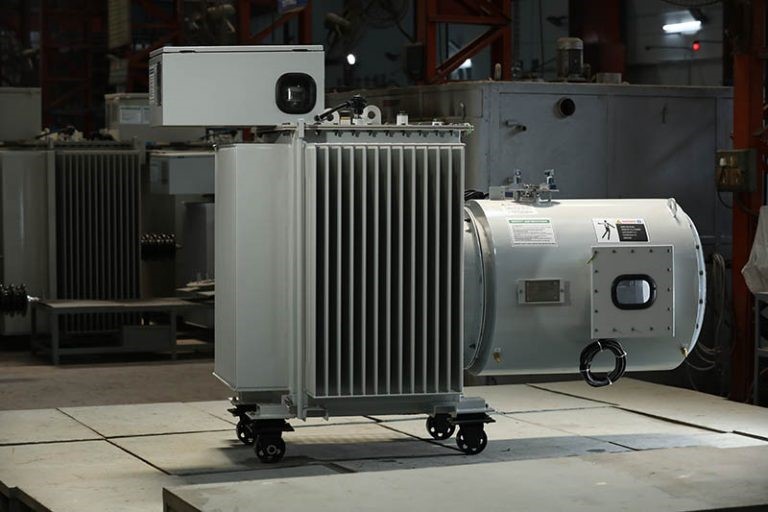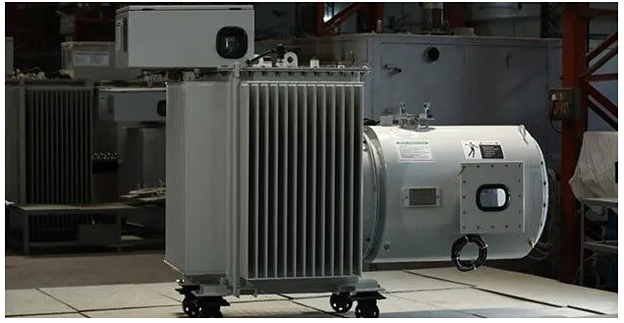Often overlooked, transformer bushings are vital for the safe flow of electricity. They form the bridge that connects the transformer’s internal components with the external electrical system. Without them, reliable power transfer simply wouldn’t be possible. Let’s delve into what transformer bushings are, why they matter, and how they contribute to the reliable performance of electrical systems.
What is a Transformer Bushing?
A transformer bushing is a specially designed insulating component that allows a conductor to pass safely through the grounded enclosure of a transformer. Typically cylindrical in shape, these bushings are mounted on the transformer’s tank and enable connection between internal windings and external power lines or electrical equipment. In simpler terms, they act as a secure entry and exit point for electrical current, ensuring insulation and preventing electrical faults. Made from high-strength materials like porcelain, epoxy resin, or composites, transformer bushings are built to withstand high voltage and environmental stress.

Transformer bushings play several crucial roles that make them indispensable in power systems:
• Electrical Insulation: They isolate high voltage from the transformer casing, preventing arcing or dangerous contact.• Voltage Management: Bushings help manage different voltage levels within a transformer, enabling safe energy transfer.
• Mechanical Support: They support heavy conductors and connections, keeping the transformer stable under load.
• Heat Dissipation: Bushings assist in managing the heat generated during transformer operation.
• Environmental Protection: They act as a barrier against moisture, dust, and contaminants, protecting the transformer’s interior.
Different Types of Transformer Bushings
Depending on their material, construction, and application, transformer bushings come in several varieties:
1. Porcelain Bushings :• Material: High-grade ceramic porcelain
• Advantages: Durable, good insulation, cost-effective
• Limitations: Heavy and brittle, can crack under stress
• Common Use: Traditional and industrial transformers
2. Composite Bushings:
• Material: Fiberglass-reinforced core with silicone rubber or epoxy coating
• Advantages: Lightweight, weather-resistant, non-brittle
• Limitations: Slightly more expensive than porcelain
• Common Use: Outdoor substations, polluted or corrosive environments
3. Oil-Filled Bushings:
• Insulation: Filled with mineral oil for insulation and cooling
• Advantages: Excellent high-voltage performance
• Limitations: Requires regular oil testing and maintenance
• Common Use: High-voltage power transformers
4. Resin (Dry-Type) Bushings:
• Material: Solid epoxy or resin insulation
• Advantages: No oil, explosion-proof, low maintenance
• Limitations: Typically used for indoor or special applications
• Common Use: Indoor switchgear, renewable energy systems
How to Maintain Transformer Bushings
Maintaining transformer bushings is key to ensuring long-term performance and avoiding costly failures. Here are essential maintenance practices:
• Routine Inspections: Look for visible cracks, surface contamination, or leaks.
• Cleaning: Remove dust, moisture, and pollutants that can affect insulation.
• Oil Analysis (for oil-filled bushings): Test oil for dielectric strength and contaminants.
• Monitoring Systems: Use sensors to track temperature, pressure, and electrical characteristics.
Modern Trends in Bushing Technology
The evolution of electrical infrastructure has driven innovation in bushing technology:
• Smart Bushings: Equipped with sensors for real-time diagnostics
• Eco-Friendly Designs: Dry-type and resin bushings replacing oil-filled models
• Lightweight Composites: For ease of installation and improved durability
Frequently Asked Question :
Q1: Can transformer bushings be replaced without replacing the whole transformer?
Yes! Many modern bushings are designed for retrofit, allowing for safer, more efficient upgrades.
Q2: What happens if a bushing fails?
Failure can lead to arcing, overheating, or transformer damage. Regular maintenance can prevent most failures.
Q3: Are composite bushings better than porcelain?
They offer better durability and resistance in tough environments, but porcelain remains cost-effective for standard use.
When engineers and maintenance teams talk about transformer bushings, they often highlight how these components quietly determine the reliability of the entire transformer. A single weak bushing can compromise insulation, cause power interruptions, or even trigger costly outages. That’s why modern power utilities now see transformer bushings not just as accessories, but as critical assets that require careful selection, monitoring, and timely upgrades. By treating them as a priority, companies can extend transformer life and avoid unexpected downtime.
Another reason transformer bushings are gaining attention is their role in adapting to today’s demanding grid conditions. With renewable integration, higher load cycles, and fluctuating voltages, bushings must deliver consistent insulation and mechanical strength under stress. Advanced designs like composite and resin bushings provide better resilience in polluted or coastal environments, while smart bushings with embedded sensors are helping operators move toward predictive maintenance. This evolution shows how transformer bushings are no longer just passive parts, but active players in shaping a safer and smarter power network.
Final ThoughtsTransformer bushings may be small, but their role is massive. By enabling the safe transmission of high voltage through grounded transformer enclosures, they keep our power systems running smoothly. As demand for reliable, sustainable power grows, advanced bushing technologies will continue to shape the future of energy. Whether you’re upgrading an aging transformer or designing a new installation, understanding the role of bushings helps ensure safety, efficiency, and reliability. For more expert insights and solutions, trust Ador – your partner in power system innovation.




